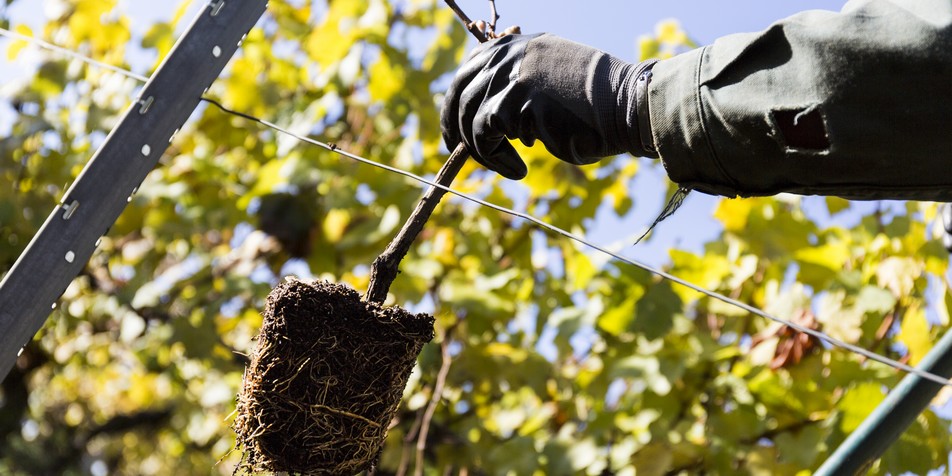EVERY VINTAGE HAS ITS STORY
Each vintage has its own history, encompassing a series of events that are crucial moments in terms of giving the wine its characteristics and explaining its profile. First comes springtime: In Chablis, late frosts always pose a threat for the buds. But the overall stability of the weather and sunshine hours have an influence on flowering and fruit development. Shatter can occur if the spring is cold or changeable, impacting the volume of production for the year. Winemakers fear a hot, dry spring as much as a cool and wet one, since an early start to the growth cycle also brings its share of risk. What would happen if a frost episode inopportunely occurs in mid-May after rapid development in March and April?
Summer is also important for the pace it sets for the growth of the vine then ripening of the grapes. But as winemakers say, it’s September that makes the vintage. The final weeks, or even days, can change the profile of the vintage dramatically. The ideal scenario is a warm and sunny end to the season, alternating warm, dry days with cooler nights. The contrast in temperature between day and night helps the grapes ripen without losing acidity, meaning the skins can ripen while the grapes maintain good balance.
- Sun-drenched vintages versus earthy vintages
Vintages in Chablis can be put into two categories: Warm one that produce fruity wines, and cooler vintages which result in more delicate wines with more structure. Greater ripeness of the fruit brings out generous aromas, which are sometimes slightly spicy. In cooler vintages, the fruit is more subtle, the mineral structure more pure, and this is perceptible both on the nose and in the mouth. In such years, it is the land that has greater influence.
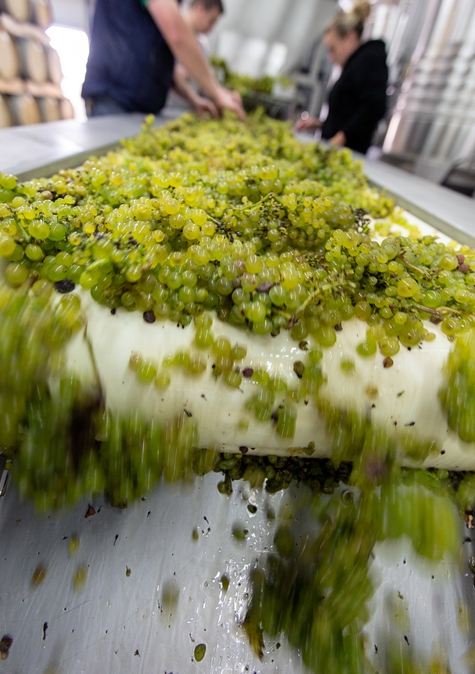
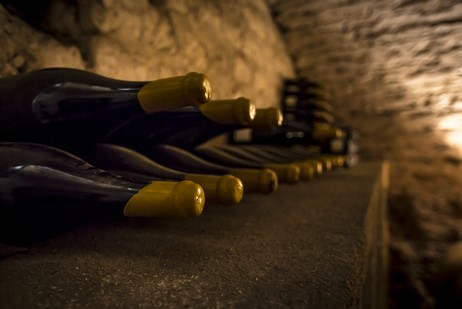
- Quality and quantity
The 1983, 1990, and 2018 vintages all serve to prove that quality and quantity are reconcilable. This is part of the charm of Chardonnay, that it can produce large quantities with no loss of finesse, nor of ageing potential or character. The notion of quantity is, however, relative: The northerly location of Chablis and its poor soils are elements that naturally reduce yields. Since over-production is never an option, it is above all the vine’s natural equilibrium that matters, and the right weather conditions in spring then summer can naturally bring about lovely harvests. It is all a question of keeping the vines in a state of balance that allows the grapes to reach maturity without losing quality.
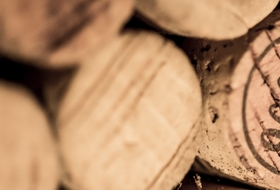
Vintages since 2010
The most recent vintages in the Chablis region.
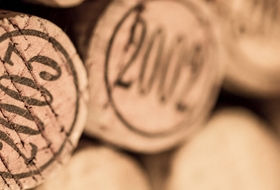
Vintages from 1996 to 2009
Vintages that span millennia!
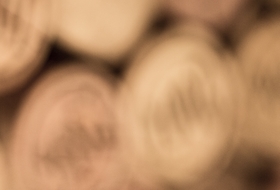
NOTEWORTHY VINTAGES
Legendary and atypical vintages.
